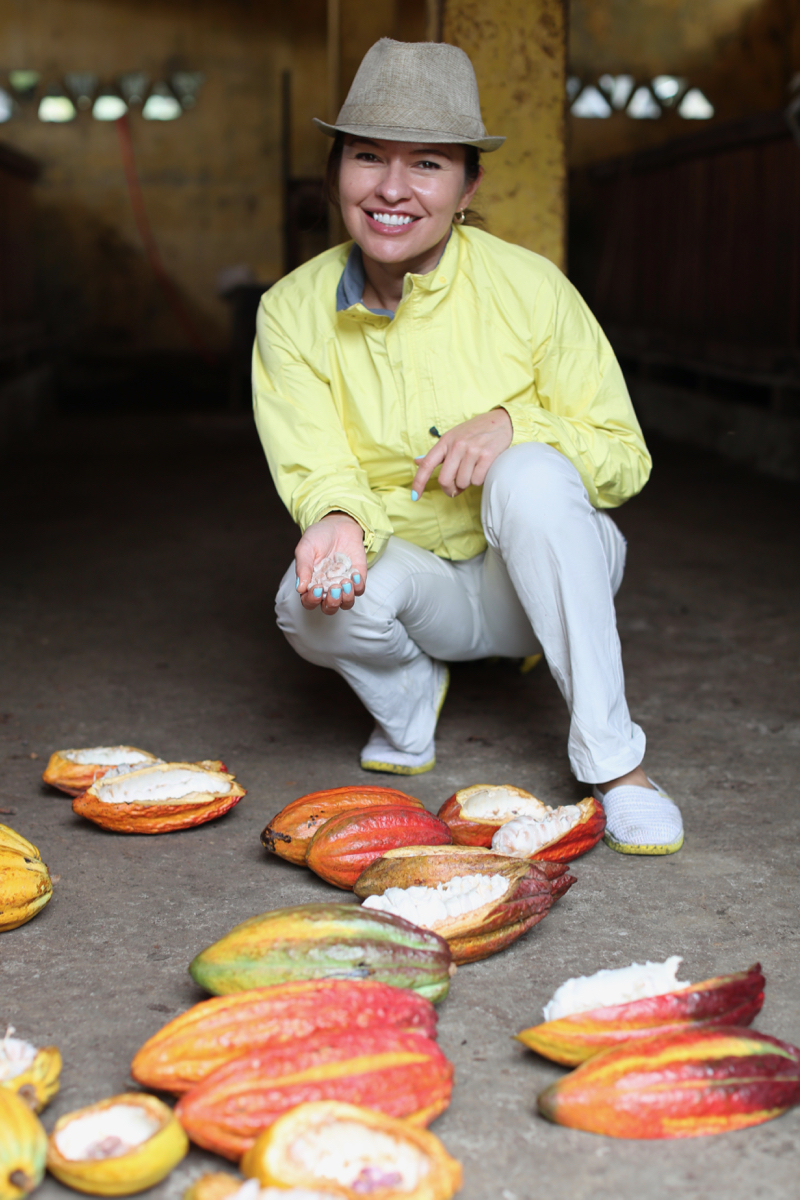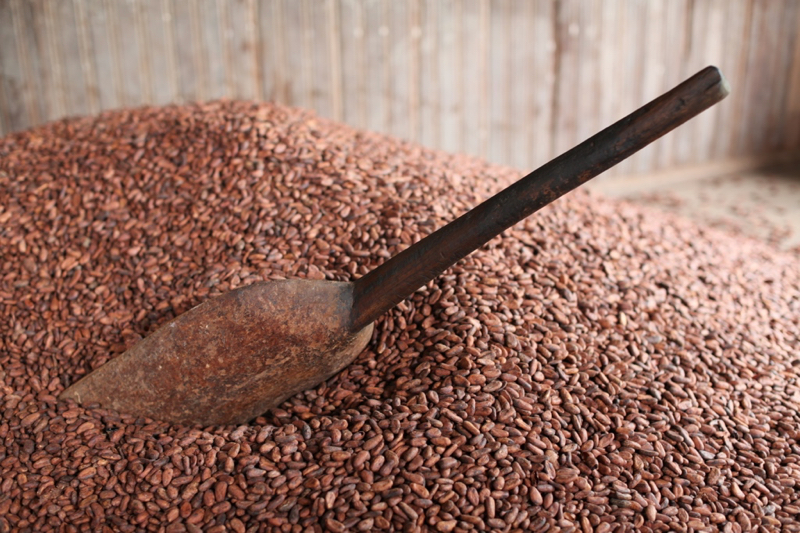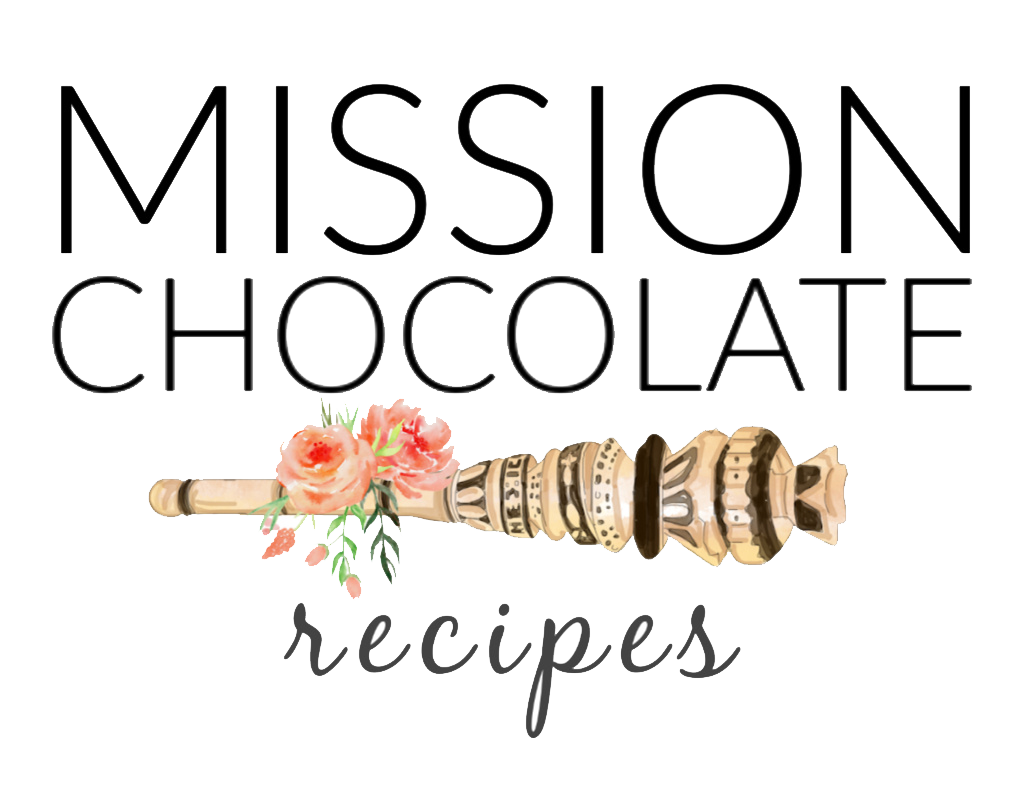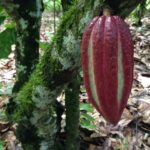Cacao Farm Fazenda Venturosa – Bahia, Brazil
When I moved to Brazil a few years ago, I thought I would import cacao from Ecuador, Venezuela, Dominican Republic and Belize; my preferred countries for cacao. After some research I realized I was going to fail tremendously because Brazil protects its cacao furiously and makes it impossible to import.
Luckily, Brazil has a lot of cacao to keep me busy for a while. This is the story of my 70% Fazenda Venturosa chocolate bar.

Brazil has two big chocolate and cacao festivals per year, one in the north in Pará and the other on the eastern coast in Bahia. My choco colleague, Greg, the cacao sourcer-er for Dandelion Chocolate, was going to speak at the Bahia chocolate festivals and many cacao farmers wanted him to visit their farms and taste their beans. Since I learned to make chocolate at Dandelion, and I now live in São Paulo, we arranged for all the farmers to send me their cacao samples and I would make the chocolate and have it ready for Greg to taste when he arrived to Brazil .
Of all the samples we tasted and farms we visited, Fazenda Venturosa stood out. Although Dandelion did not choose to work with this farm, I did. I really liked the idea of them working with varieties instead of dumping all of their cocoa beans into one huge pile. Of the several they work with, I liked best the Brazilian variety; Pará Parazinho. It’s a very small forastero, the smallest cocoa fruit I have seen and it is the first type of cacao that was planted in Bahia. It was brought from the state of Pará.

It is rare to find a farm that can process only one variety of cacao; most process many types together. As the world of chocolate shifts and goes to the next level I think that terroir and genetics are going to play a huge role. Blending different beans has been the dominating trend for the last few hundred years and I think going forward, as far as craft chocolate goes, this is the next phase: making chocolate from single varieties and single farms. We borrow from the wine industry here and would call those chocolates varietal chocolates or single estate chocolate.
The parazinho cacao is small, round, fairly smooth, and yellow when ripe.

The 900 hectar farm is owned by Jim and Lola, a wife/husband team. Jim is originally from Texas, USA and Lola from the region. They are full of energy and passionate for their cacao, their land, and getting their product to the right chocolate makers. They live on site with the 25 families that help manage the land and process the cacao.

This is the room where they store their dried beans. The room smelled great! A great sign of the quality of the cacao.

Once I arrived to São Paulo I created several test batches and decided on 2 types; 70% dark chocolate and a goat’s milk dark chocolate. Since I learned to make bean to bar chocolate at Dandelion Chocolate, I always like to start with a a 70% bar, which is their tradition. And the goat’s milk dark chocolate? I have been eating goat’s milk caramel my entire life; I thought this would be a fun way to enjoy a different type of milk chocolate.
This 70% bar is made in small quantities and usually out of stock. Please email me if you don’t find it at our store.
To contact Fazenda Venturosa: jimlucas1940@gmail.com





